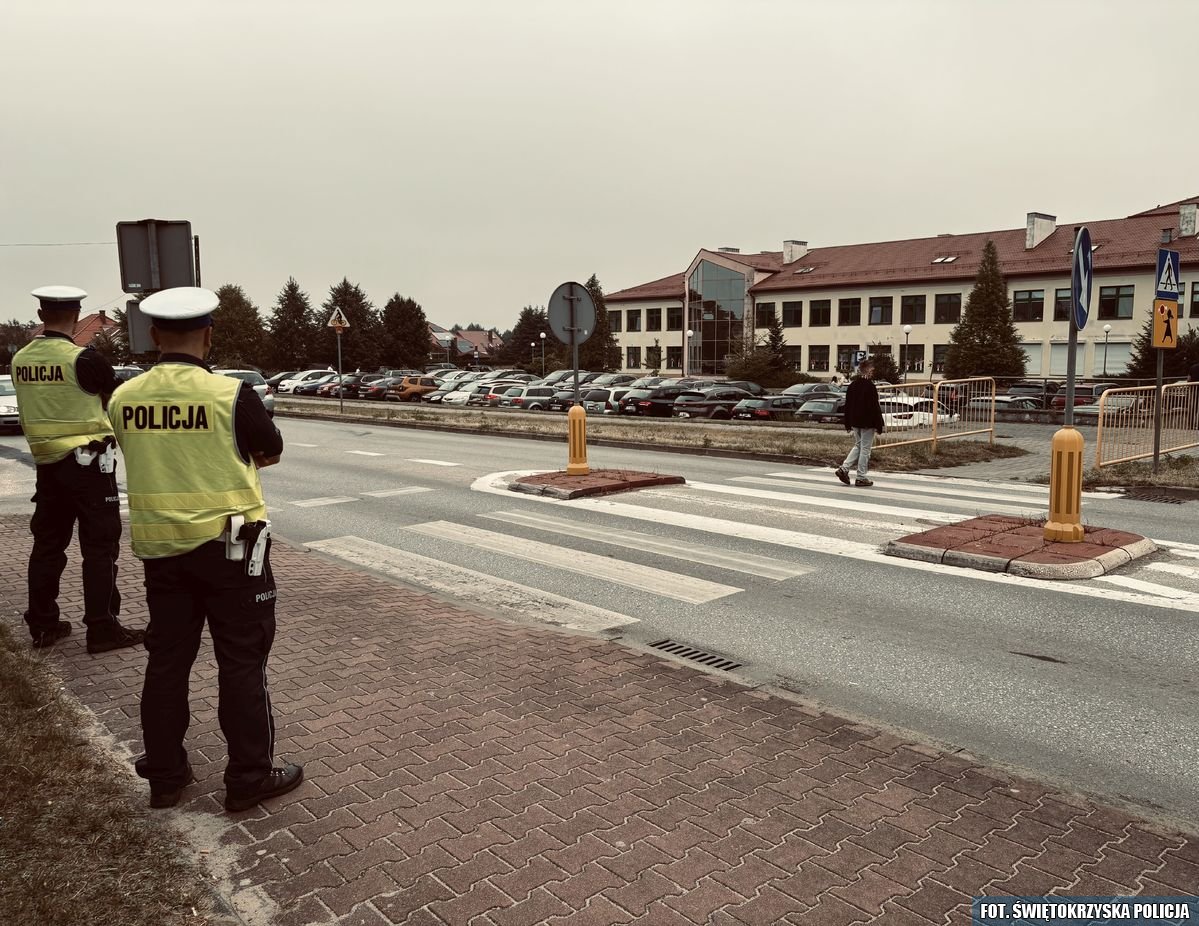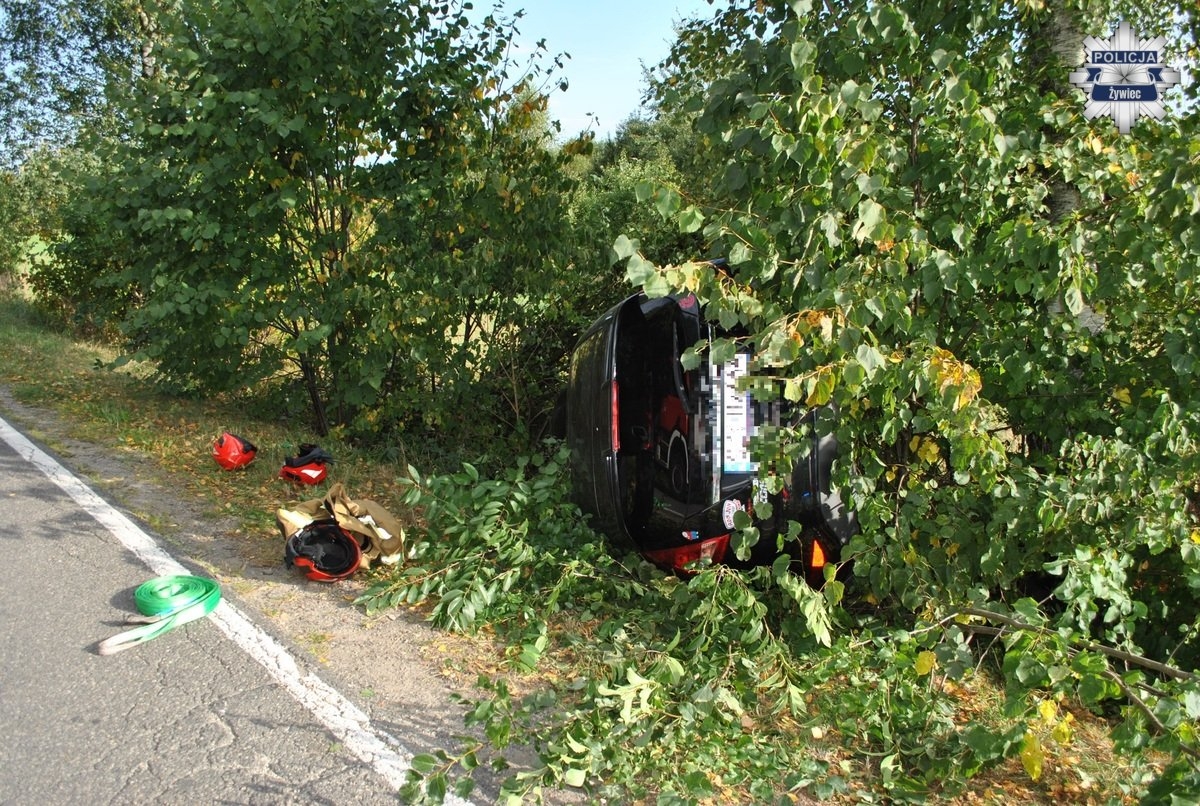
MUMBAI- Tata Group-owned Air India (AI) flight AI2957, destined for Mumbai (BOM), activated emergency protocols after transmitting a hijack signal to Delhi’s (DEL) Air Traffic Control (ATC) shortly after takeoff at 8:40 PM on Monday (January 27, 2025).
There were 126 passengers onboard the flight from Indira Gandhi International Airport. The flight was operated by ex-Vistara Airbus A320neo, registered as VT-TQM.
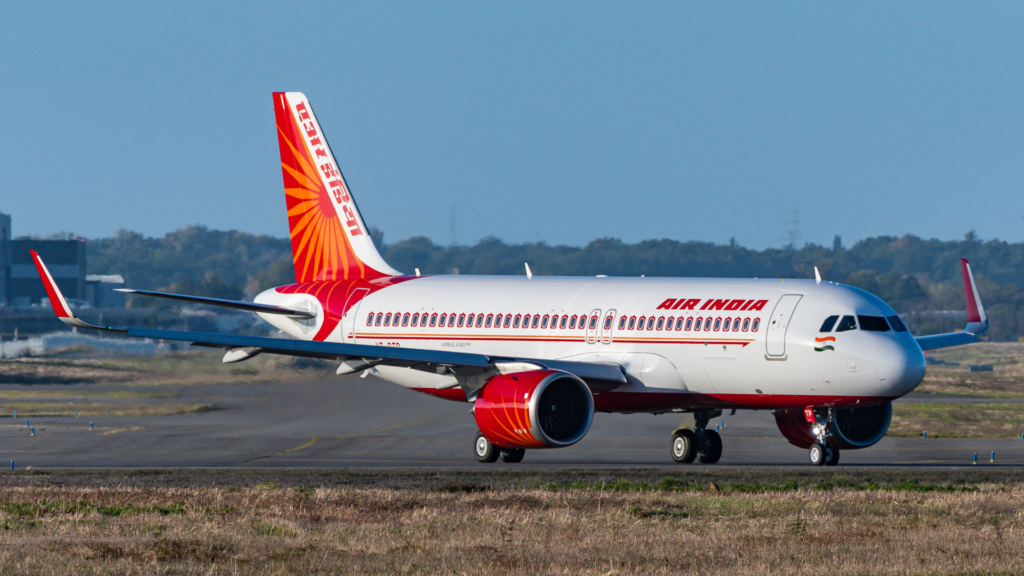 Photo: Robin HARDY
Photo: Robin HARDYAir India Hijack Alert
The emergency signal prompted Delhi ATC to initiate comprehensive security measures, alerting multiple agencies including the destination airport, security forces, and the Indian Air Force.
A central committee was formed immediately, comprising Delhi Police, Central Industrial Security Force (CISF), Airports Authority of India (AAI), Bureau of Civil Aviation Security (BCAS), and Air Force representatives.
The pilot subsequently informed ATC about the false alarm, yet security protocols remained active. A former ATC official, speaking anonymously, explained the continued vigilance: “The ATC cannot verify if the pilot faces coercion or operates under threat when declaring the situation safe.”
Mumbai airport authorities implemented full emergency procedures at 9:30 PM, forming an aerodrome committee and deploying local police alongside National Security Guard (NSG) personnel. The aircraft touched down in Mumbai at 9:47 PM, where officials directed it to an isolation bay.
Airport security maintained strict protocols, detaining passengers aboard for an hour while conducting thorough security checks. A Mumbai airport official, speaking on condition of anonymity with Hindustan Times, confirmed that passengers received clearance to disembark only after authorities completed comprehensive security verifications and confirmed the absence of threats.
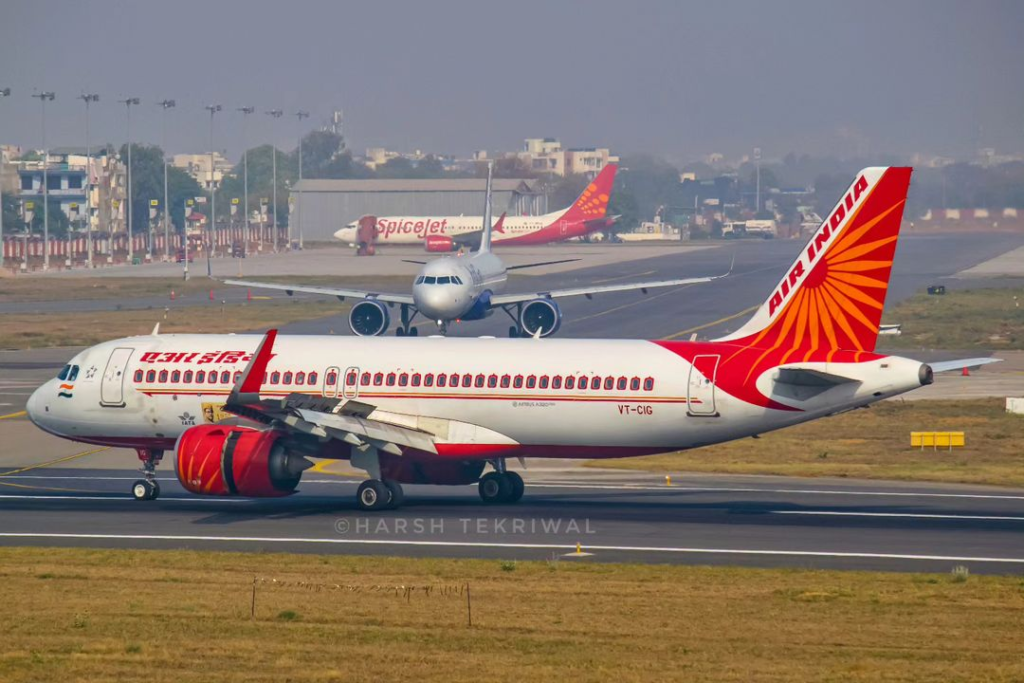 Photo: avgeekwithlens/ Harsh Tekriwal
Photo: avgeekwithlens/ Harsh TekriwalEmergency Situation
An Air India aircraft’s transponder transmitted a critical emergency code “squawk 7500” to Delhi Air Traffic Control for three minutes immediately following takeoff, according to a Delhi airport official speaking on condition of anonymity. The code sparked immediate security protocols across multiple aviation authorities.
Aviation systems utilize transponder squawk codes, ranging from 0000 to 7777, to identify individual aircraft in flight. Within this system, three specific codes indicate emergencies: 7600 signals radio communication failure, 7700 indicates general aircraft emergencies and 7500 specifically denotes unlawful interference or hijacking.
The incident has launched a comprehensive investigation involving the Directorate General of Civil Aviation (DGCA), Bureau of Civil Aviation Security (BCAS), and Central Industrial Security Force (CISF). An Aviation Ministry official, speaking anonymously, confirmed investigators will determine whether pilot error or air traffic control misinterpretation caused the false alarm.
The investigation holds particular significance as the 7500 code represents one of aviation’s most serious emergency signals, designed to alert authorities to potential hijacking situations. The incident demonstrates how a single emergency code can mobilize India’s entire aviation security apparatus within minutes.
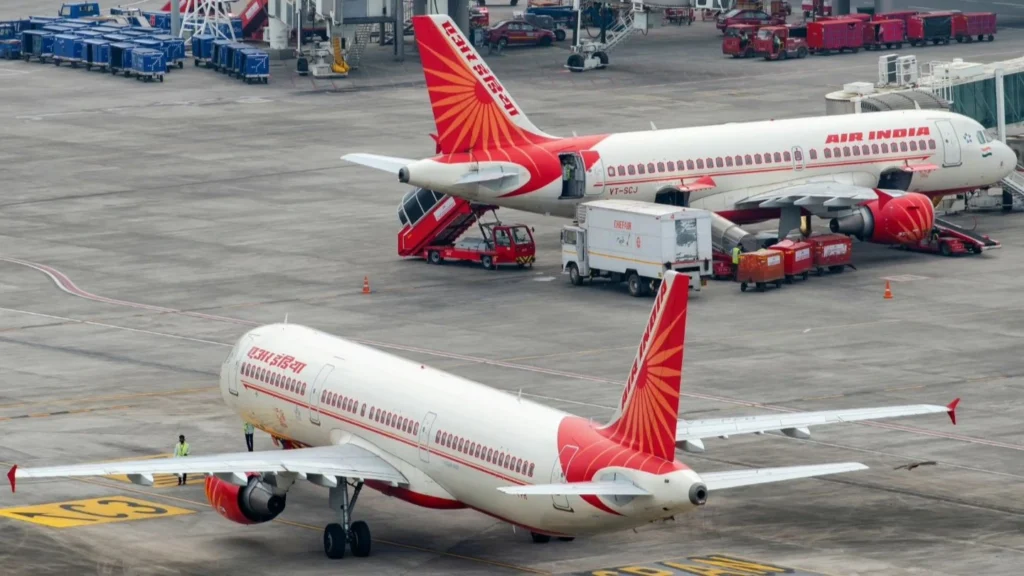 Photo: Sandeep/ATC spotter
Photo: Sandeep/ATC spotterFalse Hijack Signal
An airline official familiar with the incident confirmed with HT that initial investigations show no crew involvement in the false hijack signal. Technical error emerges as a potential cause, pending the Directorate General of Civil Aviation’s official investigation results.
The pilot discovered the erroneous signal post-takeoff and immediately notified Delhi Air Traffic Control about normal flight operations, according to a ministry official speaking anonymously. Despite the pilot’s assurances, security protocols remained active throughout the flight’s duration.
The Mumbai airport official confirms the pilot’s repeated declarations upon landing that the flight operated normally without any security threats.
The ministry official emphasizes that emergency protocols must continue regardless of pilot communications once a hijack signal activates, highlighting the aviation industry’s strict adherence to security procedures.
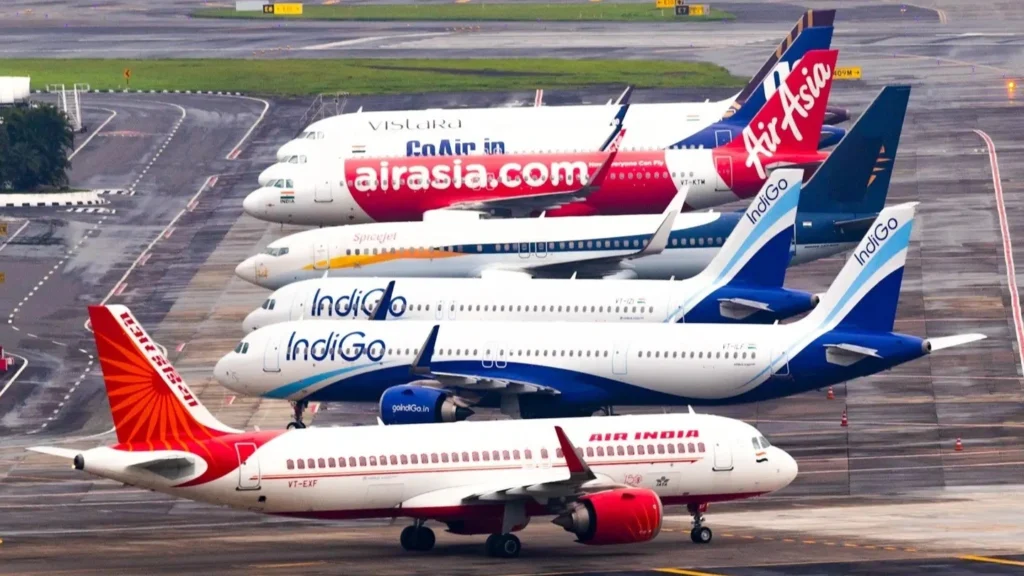 Photo: Siddh Dhuri | MumbaiPlanes
Photo: Siddh Dhuri | MumbaiPlanesClose to 1000 Bomb Threat
The Ministry of Civil Aviation reported 999 hoax bomb threats targeting airlines between January and November 14, 2024, with 666 threats occurring in October alone. The ministry has responded by amending the Aircraft (Security) Rules, 2023, introducing fines of up to ₹1 crore for false security threats.
A gazette notification issued on December 16, 2024, establishes Section 30A, which penalizes false information that endangers aircraft safety, causes passenger panic, or disrupts civil aviation operations. The amendment introduces Rule 29A, empowering the Director General to deny aircraft access or remove individuals through written directives.
The new penalty structure implements graduated fines based on the perpetrator’s status. Individual offenders face ₹1 lakh fines, while organizations receive penalties of ₹50 lakh, ₹75 lakh, or ₹1 crore, determined by their employee count reaching 300 persons.
The Bharatiya Vayuyan Vidheyak Act 2024 supersedes the Aircraft Act of 1934 but classifies most violations as non-cognizable offenses, requiring court permission for FIR registration and limiting jail terms to two years. The Ministry contemplates amending the Suppression of Unlawful Acts against Safety of Civil Aviation Act (SUASCA) 1982 to address cognizable offenses.
Featured Image By Eurospot | X
Stay tuned with us. Further, follow us on social media for the latest updates.
Join us on Telegram Group for the Latest Aviation Updates. Subsequently, follow us on Google News
Indian Airlines IC 814 Kandahar Hijack Captain Retires After 40 Years
The post Air India Delhi to Mumbai Flight Gets Hijack Threat appeared first on Aviation A2Z.

 7 miesięcy temu
7 miesięcy temu

